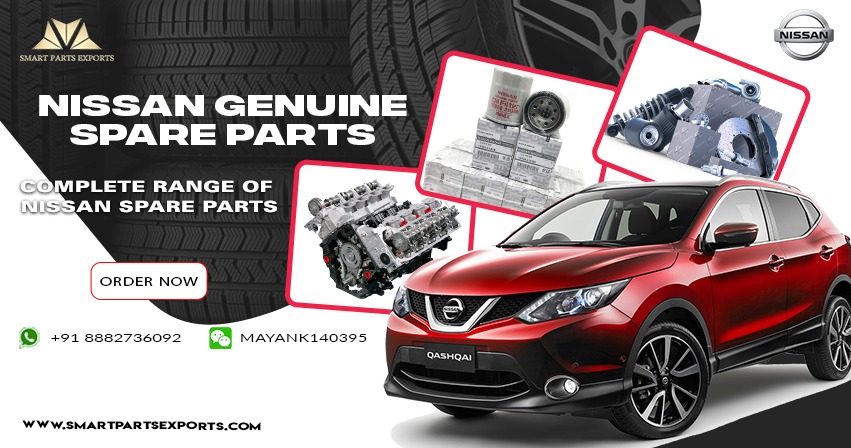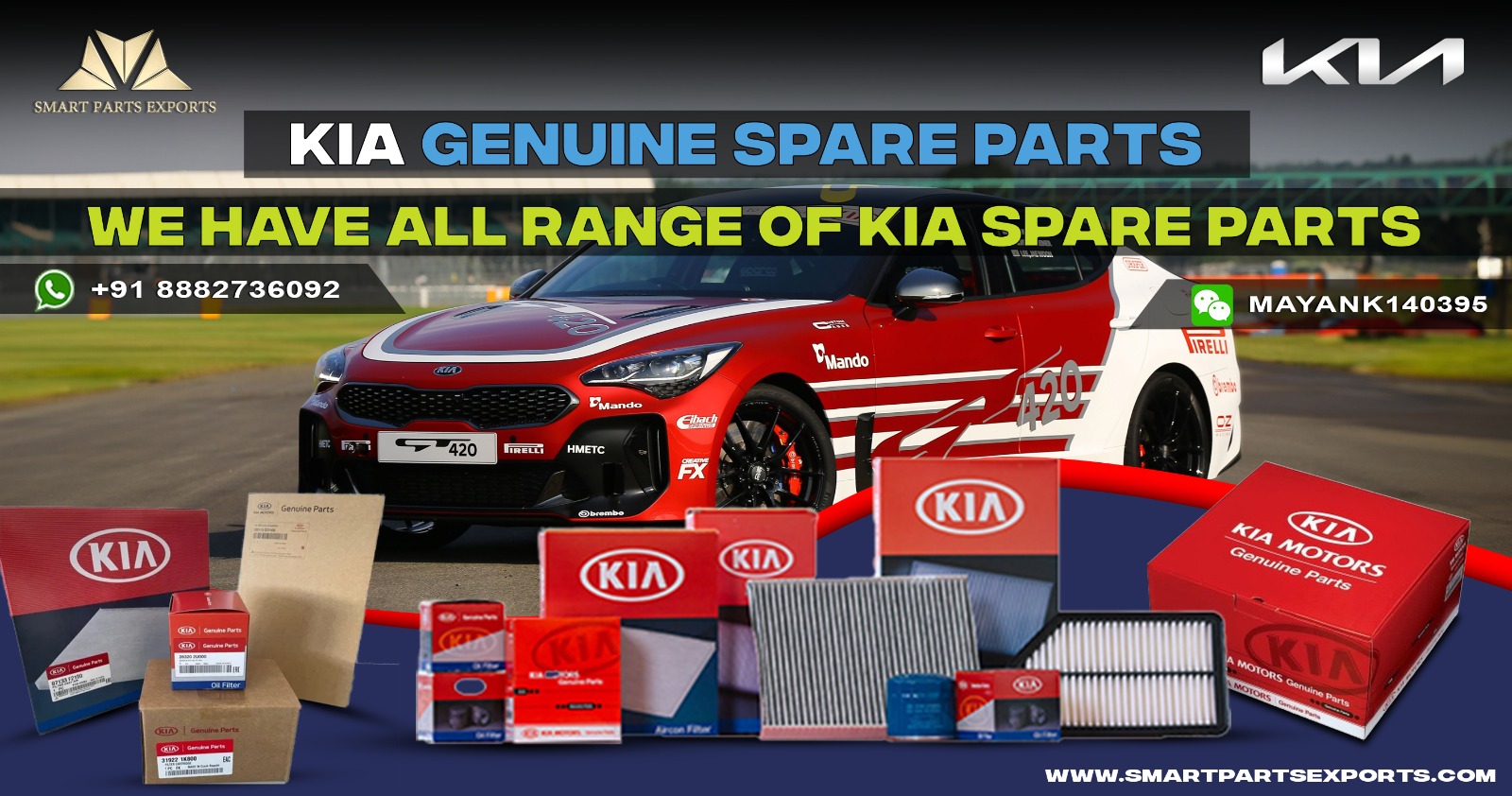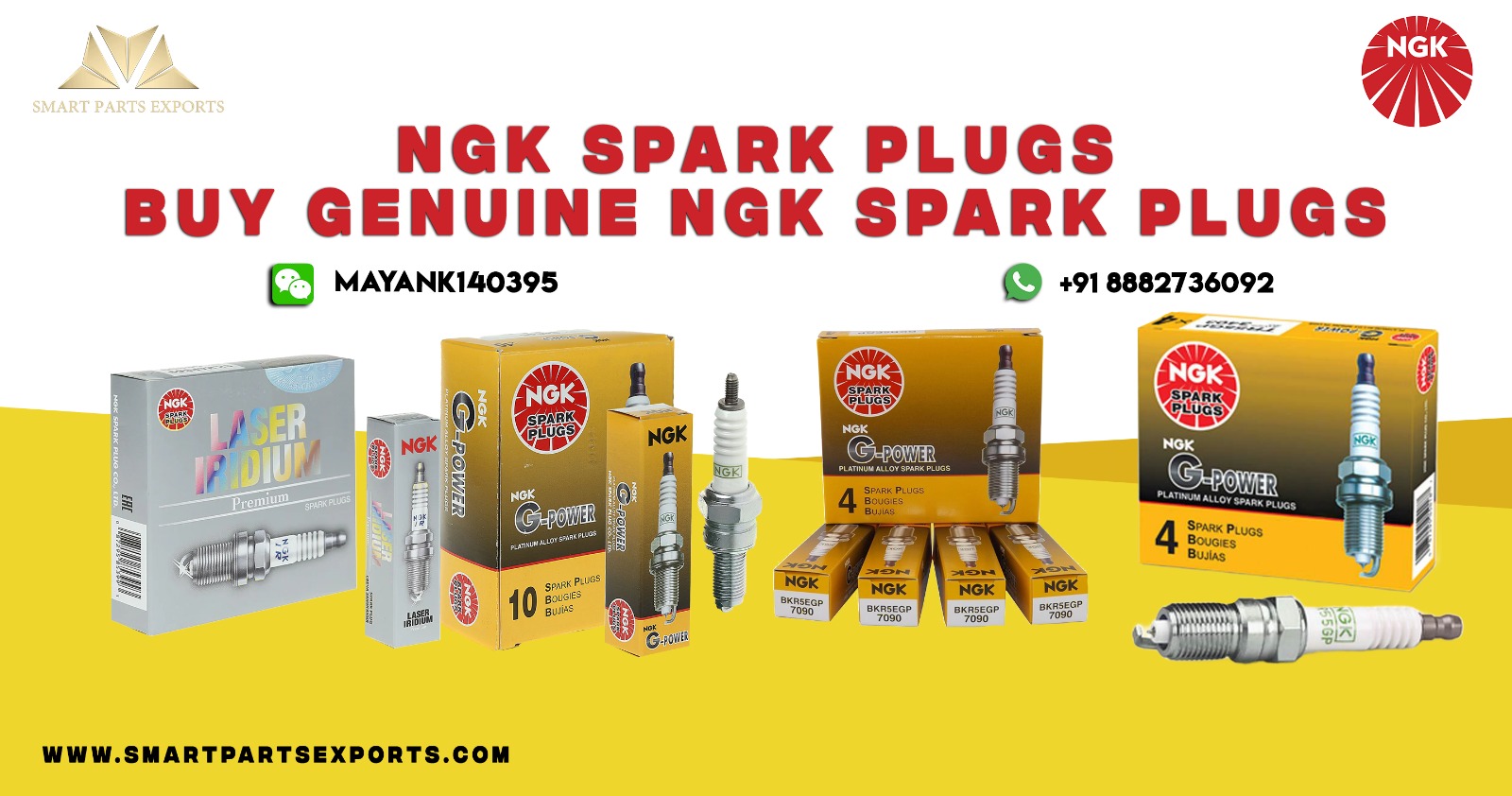Both an engine and a human require energy to start moving. The car engine component or components are the core of any modern-day automobile.
The engine transforms the energy from fuel with a spark to create power, which is what leads to movement. An engine for a car is not just a single unit. It's a complete engine diagram, made up of all parts of the motor vehicle engine.
Modern automobiles that derive power from internal combustion engines today have two main parts: mechanical and electrical.
What are the main parts of the Suzuki car's engine?
As mentioned, the engine of a car is made up of two main parts: mechanical and electric. These two parts of Suzuki work together to keep your automobile in operating condition.
The idea of combining advanced electrical parts with mechanical ones was once a better way to create smart and well-equipped cars than most automobile manufacturers use today. These basic parts are responsible both for the cars' efficiency and their health.
Let's now get to know them all.
Suzuki Spare Parts - Mechanical components
An engine has 11 essential mechanical components, which form the basis of its motion dynamics and moving parts.
These are the most vital parts of any car's engine.
1. Piston
The cylindrical piston is the part of the engine that reciprocates upward and downward, making strokes where fuel is allowed to enter. The reciprocation movement of the piston allows for compression and expansion, which leads to the combustion cycle. The piston surface has three rings that are known as piston rings. They are located in circular recesses machined into the piston surface.
These rings are crucial because they create compression and reduce friction due to the constant rubbing of the cylinder. Cast iron and aluminum alloy are the most common materials used to make pistons cars. They can withstand high wear and tear, as well as resist corrosion. Aluminum is used to make the oil ring, which is located below the piston rings. This oil ring's purpose is to ensure that oil distribution throughout the entire system is smooth.
2. Crankshaft
The crankshaft is the part of the car's engine that has projections from its shaft axis. These are also known as crank throws and crankpins. This design allows for the conversion of sliding motion from the piston into rotary movement through a connecting rod.
Castings of crankshafts are made from steel, roll forging, or ductile steel through casts. Single crankshafts can be made from carbon steel with heat treatment. Vanadium is common micro-alloy steel that imparts superior strength. Most car engine parts can be purchased online.
3. Connecting rod
The connecting rod is the link between the crankshaft and piston. This converts the piston's linear motion into the crank's rotary motion. One end of the piston is attached through a piston pin. The other end is attached through bolts to the crankpin.
Both ends of the connecting rods are thus in constant motion under extreme pressure and stress from the piston. The most vulnerable part of a car engine is the connecting rods. They are susceptible to failure. For their castings, high-grade materials such as aluminum alloy or forged steel are used.
4. Oil sump and oil pump
An oil pump's function is to distribute oil throughout the engine in order to improve lubrication, cooling, and cleaning. The oil sump is the place where all the oil is pumped is the string chamber.
These two are interconnected. When lubrication or cooling is needed, the oil is pressured to passages that are machined. After the oil has been removed from its sump, also known as an oil pan or oil reservoir and filtered through a wire mesh strainer, all dirt and debris are kept back. This allows the engine to run on pure oil.
5. Fuel pump
In a CI engine, a fuel pump or diesel pump is used to pressurize fuel so that it atomizes, and then when it comes into contact with air, it ignites. This system includes a fuel filter and a spring-loaded piston valve within a cylinder.
Through pressure lines, the pressure is transmitted to an injector through small openings known as nozzles within the cylinder. This is how the fuel is atomized and ignited.
6. Cylinder head and cylinder head
The engine cylinder is the part that allows fuel to be admitted and the piston's reciprocating motion to begin. Bore and stroke, which refer to the effective length and inner diameter of the cylinders, are two technical terms that are important. A piston in a cylinder reciprocates along these two lines.
The top of the cylinder block is the cylinder head. It houses valves, rocker arms, and ignition elements. The head is bolted to the cylinder block with a head gasket between them. The cylinder head is also an important part of a car engine, and it houses the combustion chamber. It is machined on the underside.
7. Other important parts of the mechanical system
Camshafts, valves, and rocker's arms are all part of the skeleton that makes up the car engine. They connect to one another to regulate internal motion and transfer energy from one to the other.
The mechanical structure of an engine for a car is incomplete without these 11 components.


 Maintenance Service Part
Maintenance Service Part Air Conditioning
Air Conditioning Belts Chains and Rollers
Belts Chains and Rollers Body
Body Brake System
Brake System Engine
Engine Clutch System
Clutch System Engine Cooling System
Engine Cooling System Exhaust System
Exhaust System Filters
Filters Fuel Supply System
Fuel Supply System Gasket and Sealing Rings
Gasket and Sealing Rings Ignition and Glowplug System
Ignition and Glowplug System Interior and Comfort
Interior and Comfort Lighting
Lighting Oils and Fluids
Oils and Fluids Pipes and Hoses
Pipes and Hoses Repair Kits
Repair Kits Sensors Relays and Control units
Sensors Relays and Control units Steering
Steering Suspension and Arms
Suspension and Arms





